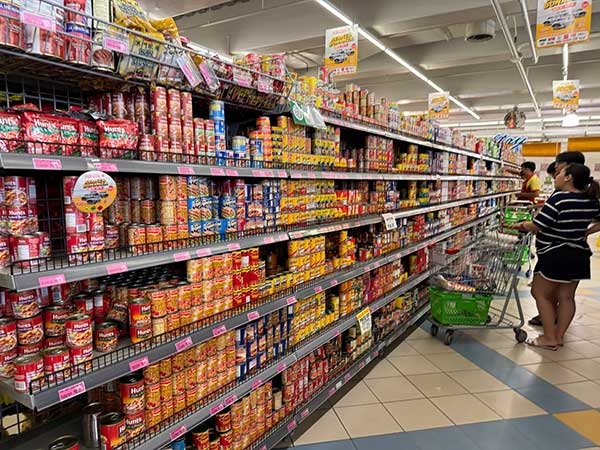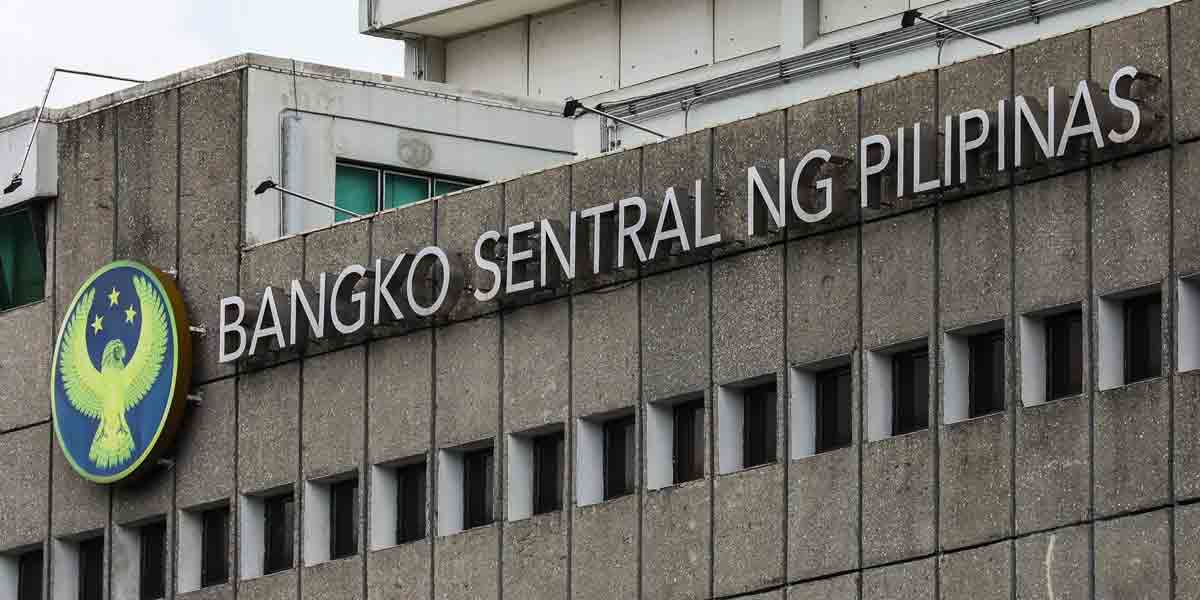
By Francis Allan L. Angelo
The inflation rate in Western Visayas showed promising signs of deceleration in November 2024, bringing relief to households that have struggled with rising prices for much of the year.
According to the latest Summary Inflation Report from the Philippine Statistics Authority (PSA), the regional inflation rate dropped to 3.2% in November, down from 3.9% in October and significantly lower than the 4.0% recorded in November 2023.
For the Bottom 30% Income Households, the drop was even more pronounced – from 5.0% in October to 3.7% in November.
The slowdown were driven largely by decreases in food and utility costs.
However, underlying challenges, particularly in staple commodities, continue to pose risks for long-term economic stability and household welfare.
Food Inflation: A Closer Look
Food inflation in Western Visayas fell to 3.4% in November 2024, a significant decrease from 4.6% in October.
The downtrend was driven by lower inflation rates in key food groups, including cereals, meat, and fruits, which collectively account for a significant portion of household spending in the region.
The price growth for cereals and cereal products, while still high at 10.3%, slowed considerably from 13.8% in October.
The category remains the largest contributor to food inflation, reflecting the critical role rice and other grains play in the Filipino diet.
Meat products also saw a steep decline in inflation, from 6.9% to 2.4%, while the fruits and nuts category fell from 6.2% to 3.1%.
Other food categories that contributed to the easing inflation include:
- Fish and Seafood: Continued deflation, recorded at -4.5% from -4.2% in October.
- Milk, Dairy Products, and Eggs: Inflation dropped marginally to 1% from 4.4%.
- Sugar, Confectionery, and Desserts: Declined further to -2.6% from -2.4%.
However, inflation for some items rose during this period.
The index for vegetables, tubers, plantains, cooking bananas, and pulses reversed its deflationary trend, moving to -0.2% in November from -8.2% in October.
This points to volatility in agricultural production, which remains susceptible to weather disturbances and logistical challenges.
Implications for Bottom 30% Income Households
For the Bottom 30% Income Households, which represent the most economically disadvantaged segment of the population, the overall inflation rate dropped to 3.7% in November 2024, compared to 5.0% in October.
The decline is particularly significant as it indicates a reduction in price pressures for essential goods and services, which constitute the majority of expenditures for low-income families.
The decrease in inflation for this group was primarily driven by:
- Food and Non-Alcoholic Beverages: Inflation slowed to 1% in November from 5.5% in October, reflecting easing food costs.
- Housing, Water, Electricity, Gas, and Other Fuels: Inflation in this category dropped sharply from 4% in October to 4.6% in November, offering much-needed relief from high utility costs.
- Recreation, Sports, and Culture: Inflation fell to 3% from 3.8%, indicating reduced costs in discretionary spending categories.
Despite these improvements, the inflation rate for Bottom 30% households remains higher than the regional average of 3.2% for all households.
The disparity underscores the disproportionate impact of price changes on vulnerable groups, who allocate a larger share of their income to food and utilities.
Geographical Disparities in Inflation
The inflation rate varied significantly across provinces in Western Visayas. Aklan recorded the lowest inflation rate at 1.3%, while Iloilo had the highest at 4.4%.
In urban areas, both Iloilo City and Bacolod City reported declining inflation rates, with Iloilo City’s inflation at 3.5% (down from 4.1%) and Bacolod City’s at 2.7% (down from 3.2%).
These geographical disparities highlight the need for localized economic interventions.
For instance, Iloilo’s higher inflation may reflect supply chain inefficiencies or demand pressures in urban centers, necessitating targeted efforts to stabilize prices.
The top contributors to the regional headline inflation rate of 3.2% in November 2024 were:
- Food and Non-Alcoholic Beverages: Accounted for 3% of the total inflation, contributing 1.42 percentage points.
- Housing, Water, Electricity, Gas, and Other Fuels: Represented 5% of the total inflation, contributing 0.63 percentage points.
- Restaurants and Accommodation Services: Accounted for 7% of total inflation, contributing 0.37 percentage points.
Challenges and Risks Amid Declining Inflation
The recent decline in inflation offers a glimmer of economic relief; however, the situation remains fraught with challenges that continue to impact vulnerable households.
One significant concern is the persistent volatility in staple commodities. Despite the overall slowdown in inflation, cereals and cereal products remain subject to high price increases, disproportionately burdening households that rely heavily on these essentials for daily sustenance.
Utility costs, while showing signs of easing, remain a critical driver of inflation, particularly for low-income families.
The ongoing financial strain in this category underscores the need for sustainable solutions to address energy and water expenses, which still account for a substantial share of household budgets.
Adding to these challenges are regional inequalities in inflation rates across provinces.
These disparities highlight the uneven distribution of economic relief, leaving some areas, such as Iloilo, more acutely affected than others. This unevenness risks exacerbating existing inequalities and impeding nationwide progress.
Government Interventions and Recommendations
To sustain the downward trend in inflation and address these challenges, targeted government interventions are essential. Expanding subsidies for staple goods, such as rice, can provide much-needed support to households grappling with elevated prices. By alleviating the financial burden on essential commodities, these measures can directly benefit the most vulnerable populations.
In addition, stabilizing energy costs remains a priority. Long-term measures, such as promoting renewable energy projects and adjusting electricity tariffs, can help reduce dependency on volatile fuel sources and bring consistent relief to households and businesses alike.
Improving supply chain efficiency is another crucial step. Addressing logistical challenges, especially in urban areas like Iloilo, can help stabilize prices and minimize inflationary pressures caused by transportation and distribution inefficiencies.
Finally, localized economic policies tailored to high-inflation areas can address region-specific challenges.
For instance, targeted interventions in provinces experiencing disproportionately high inflation can ensure that relief measures reach those who need them most, fostering more equitable economic outcomes across the country.




















